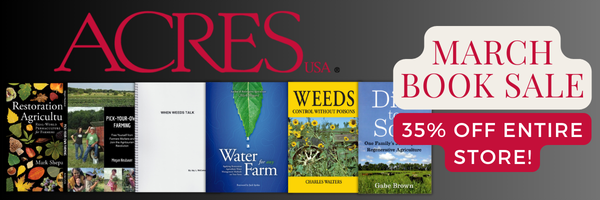How versus Why
How much does it matter to know why something works?
Consider the educational process of learning a subject like math. Back in the day, we learned a lot of math simply by rote. Basic facts were of course memorized and drilled, but even slightly more advanced concepts like long division or multiplication were taught by a straightforward process: multiply this number by that, carry the tens, start the second set of multiplications one place over, add the results, etc. As long as we memorized the basic facts and the process, we ended up with the right answer.
Spend some time helping a few fourth graders with math these days, though, and you’ll see that they’re being taught a bewildering array of different methods that are supposed to help them understand why multiplication works. They round to tens and hundreds and add zeros and draw out diagrams and are asked whether the answer seems reasonable. They also learn the facts and processes we were taught, but the many pedagogical processes are confusing to us old-schoolers.
The question is, How vital is it for fourth graders to know why multi-digit multiplication works? Are there not stages in life in which it’s simply important to know the mechanics — the how — and that the why will follow?
When applied to human knowledge of agricultural practices, we recognize that there are many things farmers knew for thousands of years to be true, and put them into practice, without understanding why. Why is manure and compost beneficial to crops? Why do crops need to be rotated to reduce disease pressure? Why does sourdough bread work?
Farmers didn’t understand why any of these things worked, and yet they did them. When you drill down on it, in fact, we still don’t fully understand why many of these processes work. We know a lot more thanks to technological and scientific discoveries over the centuries, but we will never comprehensively understand the grand design of nature.
Just because we don’t understand why something in nature works doesn’t mean it isn’t true. We should of course endeavor to understand the why — not knowing why a plant disease like Phytophthora spreads was disastrous in 1840s Ireland, and understanding why certain minerals are essential for optimal photosynthesis is crucial today in producing healthy crops. But there is a lot of agricultural wisdom that we should freely embrace without worrying too much about the why. Discoveries in soil biology have been multiplying in recent decades, and yet biological farming was just as valid a hundred years ago.
Several features in this issue focus on seed and breeding work from the perspective of both the how and the why. Walter Goldstein of the Mandaamin Institute describes his work in combining the benefits of landrace corn varieties with modern genetics in order to grow nutrient-dense varieties that also yield well. And Ido Tal discusses an innovative seed business model: selling by the acre instead of by the bag or pound.
In this issue will also introduce two new columns. Practical Agronomy will be written by different crop advisors about the issues they view to be most vital for growers. Farm Economics will discuss trends in farm business and will seek to address market access challenges for regenerative growers. Both columns will seek to demonstrate how — and why! — regenerative farming methods are possible and profitable.
And that’s the view from the country.













